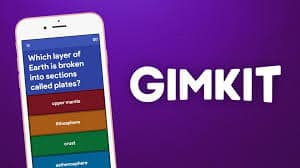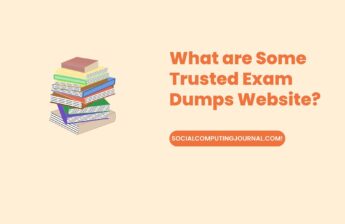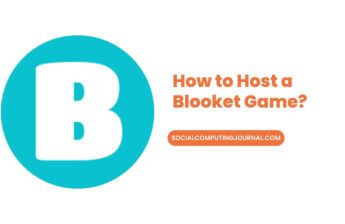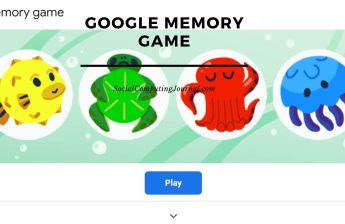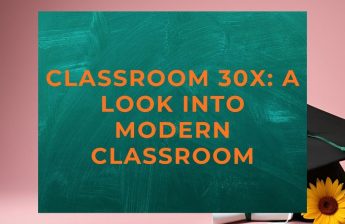In today’s classrooms, where technology has gained a major role, educators are constantly looking for tools that combine engagement, collaboration, and real-time feedback. Here comes Gimkit, a live quiz-based learning platform that turns traditional review sessions into an interactive game show. But, it is not just that, it is also an interesting case study in social computing. It highlights how technology mediates group interactions to enhance education. Let’s discuss this in detail.
This article explores:
- How Gimkit leverages gamification to boost student participation.
- The role of social computingin collaborative learning environments.
- Why platforms like Gimkit are critical for the future of EdTech and hybrid classrooms.
Contents
Gimkit : More Than Just a Game
Yes, you read it right, Gimkit is more than just a game. A high school student developed it, and now it stands out in the crowded EdTech space by blending game mechanics (like points, power-ups, and team battles) with pedagogical effectiveness. It has become an effective learning tool. Key features include:
- Live multiplayer quizzeswhere students compete or collaborate.
- Adaptive learning(questions adjust based on performance).
- Social engagement tools(team modes, chat integrations, and leaderboards).
Unlike passive learning tools, Gimkit thrives on real-time interaction, making it a perfect example of social computing in action.
The Social Computing Connection
As we have read before that social computing examines how technology facilitates human collaboration. Gimkit aligns perfectly with this concept by:
Fostering Real-Time Peer Interaction
- Students work together in Team Mode, strategizing to earn points.
- The live leaderboardcreates a sense of community and friendly competition.
Data-Driven Group Dynamics
- Teachers or Gimkit hosts receive instant analyticson student performance, allowing them to adjust lessons socially (e.g., pairing struggling students with peers).
- This mirrors social computing’sfocus on using data to optimize interactions.
Bridging Physical and Digital Classrooms
- Gimkit works seamlessly in in-person, remote, and hybrid
- It demonstrates how social computing toolsmaintain engagement across different learning environments.
Case Study: Gimkit in a Collaborative Classroom
“My students used to be fearful about review sessions, but Gimkit’s ‘Capture the Flag’ mode turned them into active participants. They weren’t just learning—they were problem-solving as a team. It has revolutionized the way I teach to my students.”
— Ms. Rodriguez, High School Science Teacher
The Future: Where Social Computing and EdTech Meet
As education evolves, platforms like Gimkit highlight key trends:
- AI-powered social learning(e.g., bots that guide group work).
- Metaverse classrooms(virtual worlds where students interact via avatars).
- Decentralized learning(students creating and sharing quizzes peer-to-peer).
Gimkit’s success proves that learning is most effective when it’s social, interactive, and fun.
Conclusion
Gimkit isn’t just another quiz tool—it’s a social computing experiment that forces us to rethink how students interact with content and each other. For educators and hosts, it offers a blueprint for engagement; for tech enthusiasts, it’s a window into the future of collaborative EdTech.
What’s next?
Could Gimkit integrate VR group quizzes or blockchain-based rewards? The intersection of social computing and education is just getting started.
What to Do?
- Try Gimkit Host in your classroom and observe its social dynamics.
- Join the conversation: How do you see social computing shaping education? Comment below!

